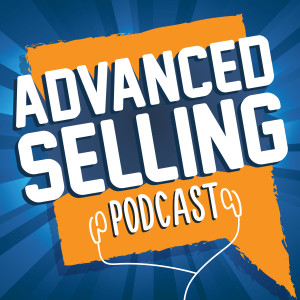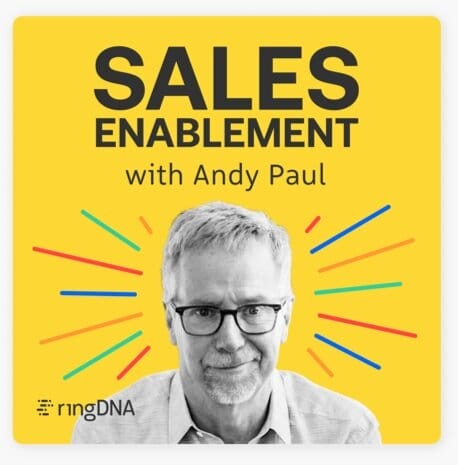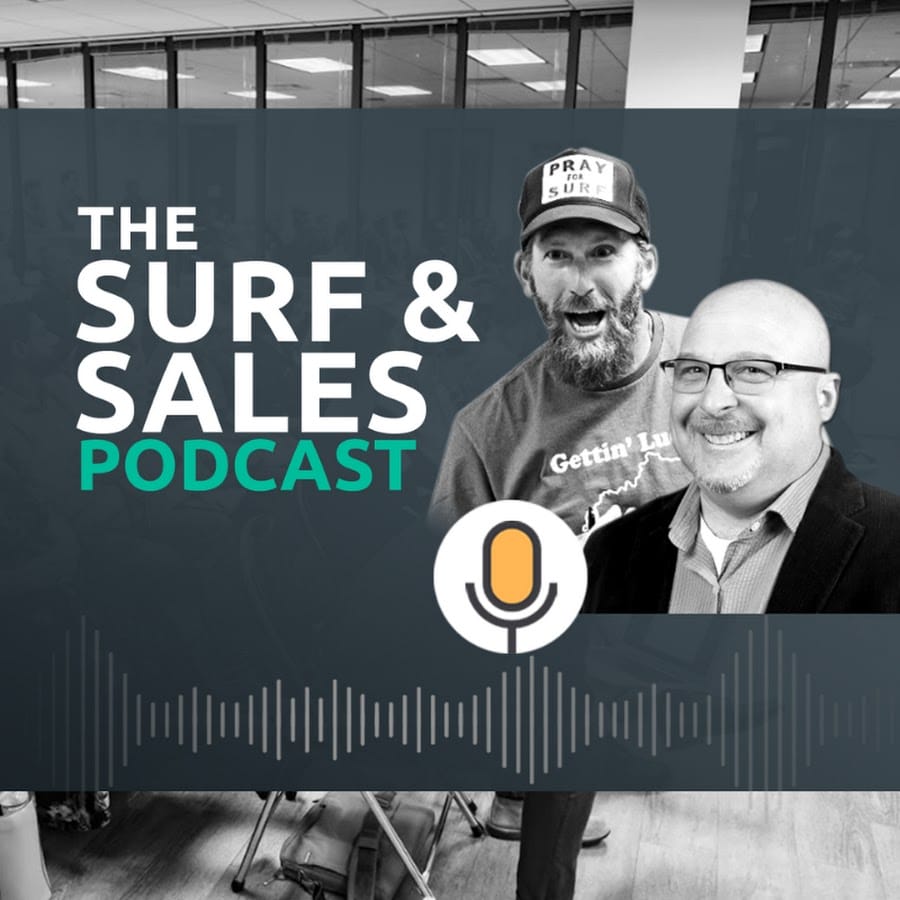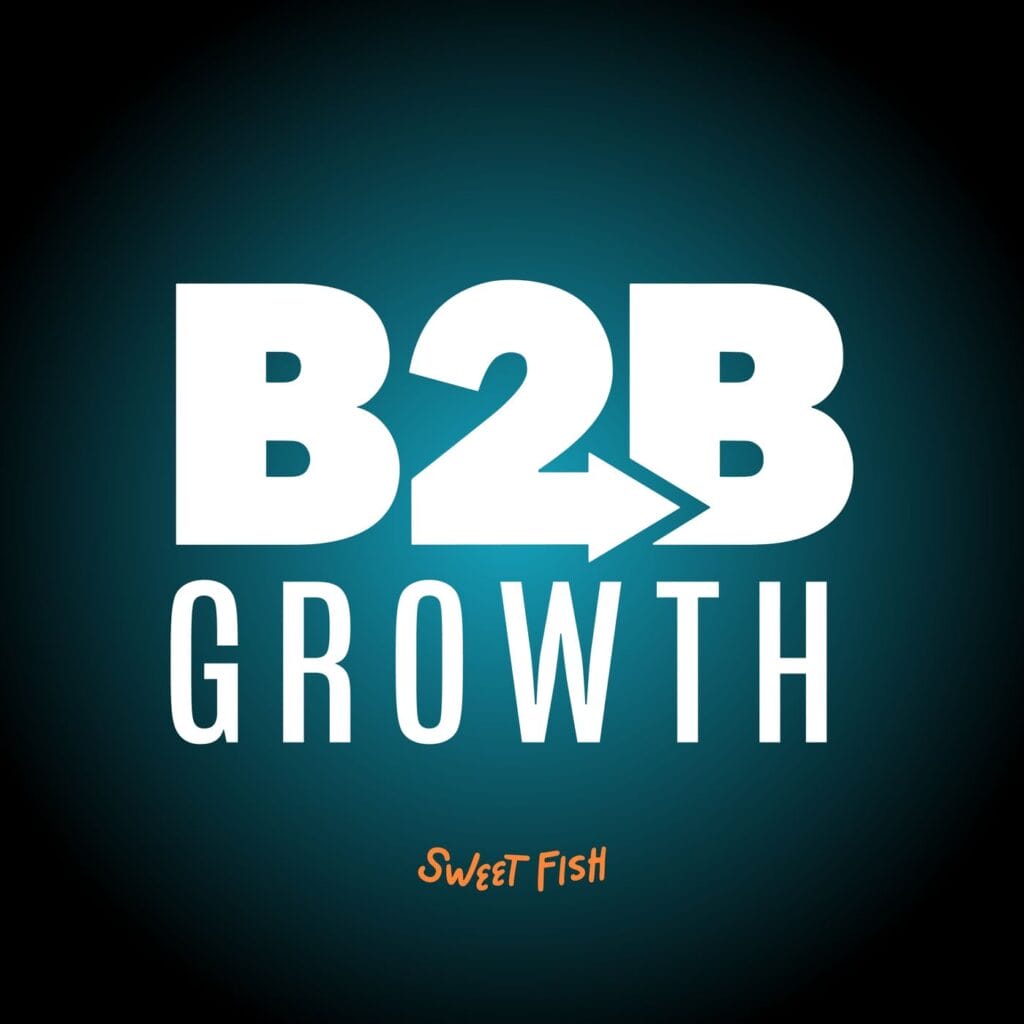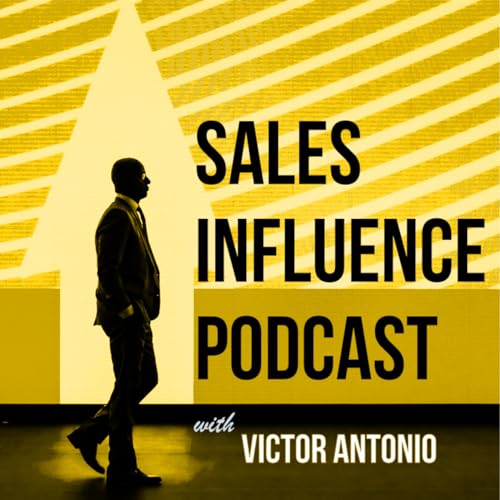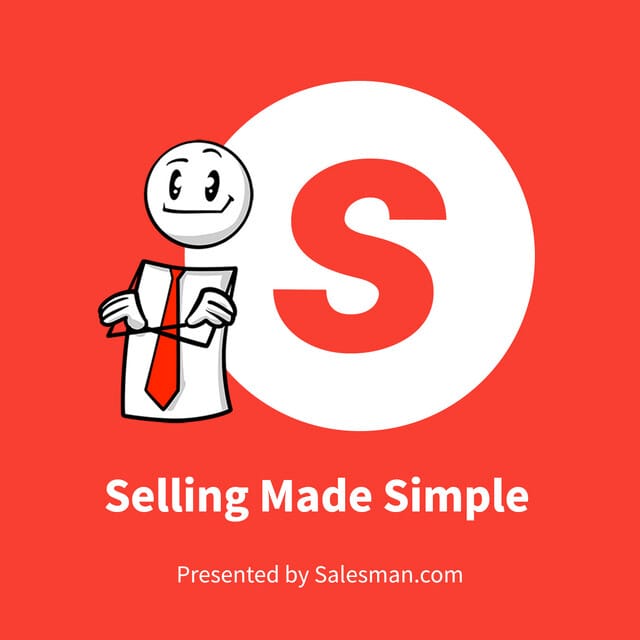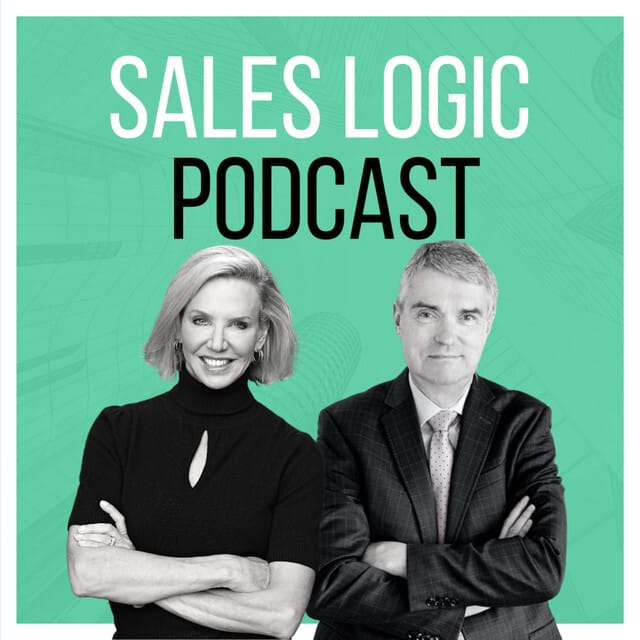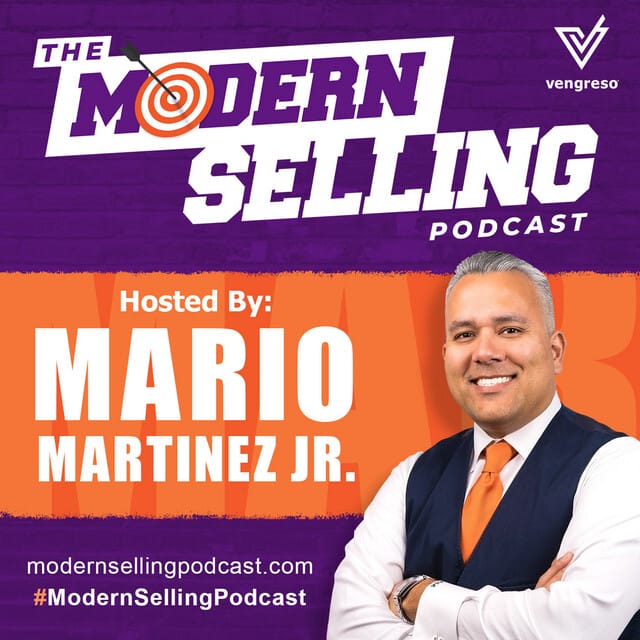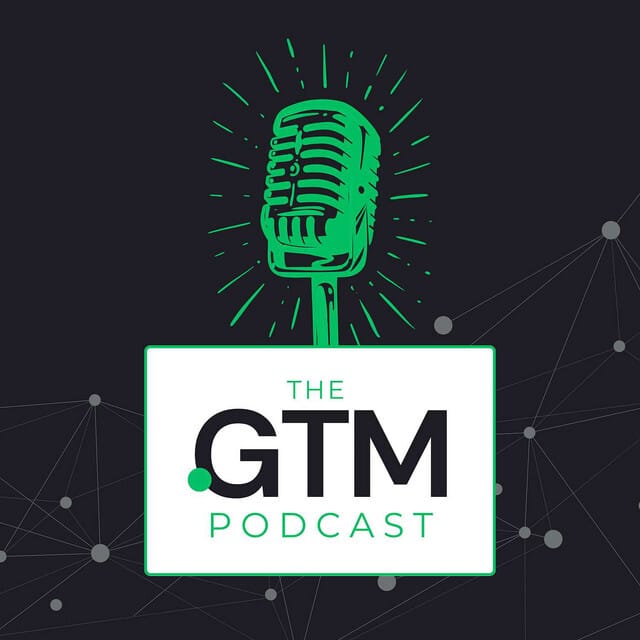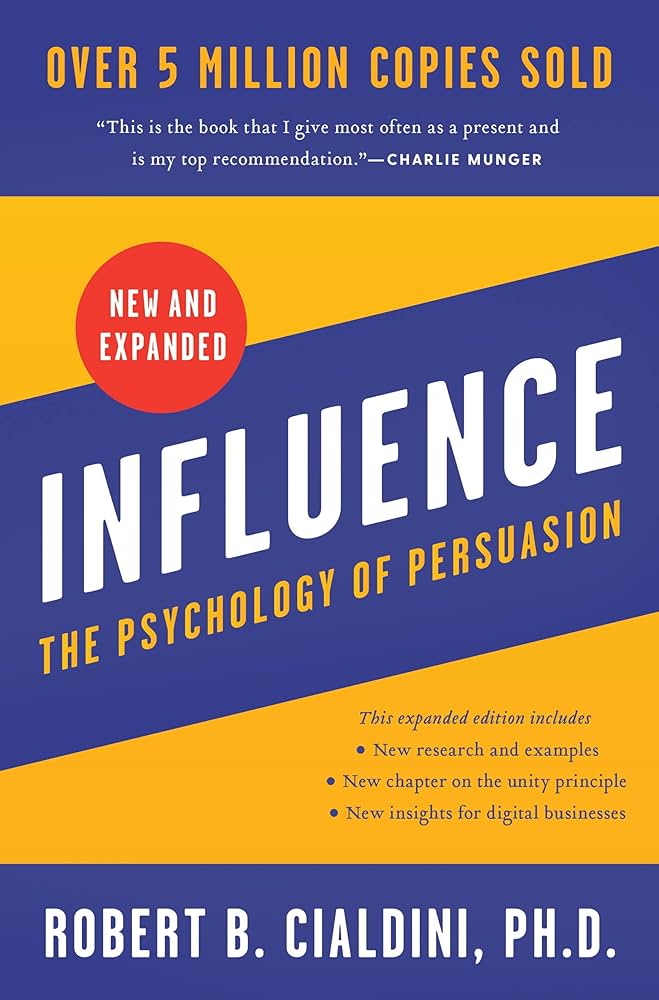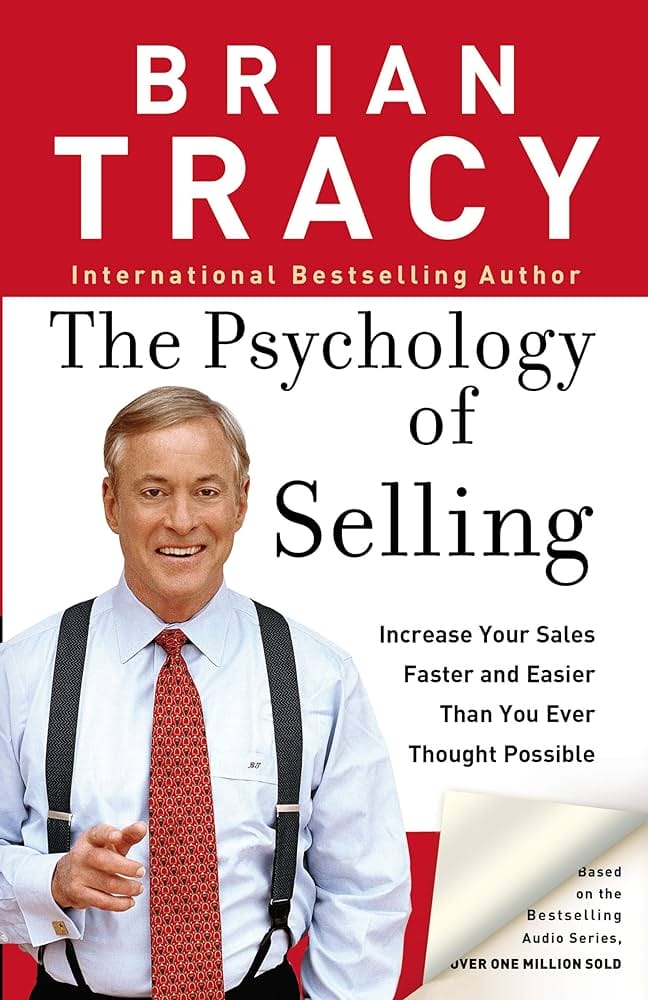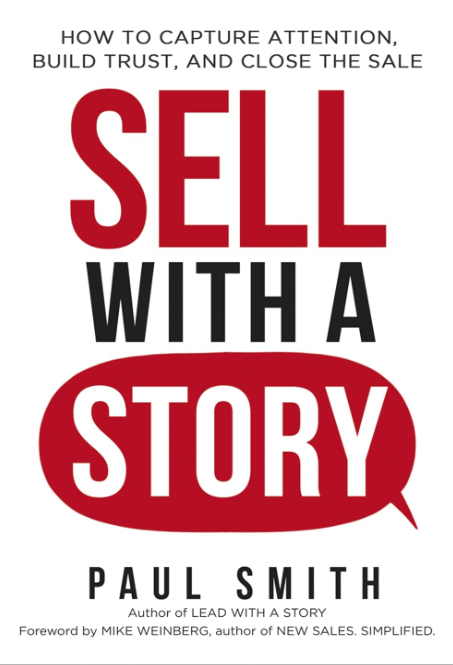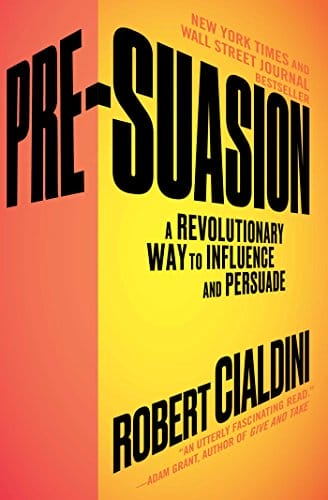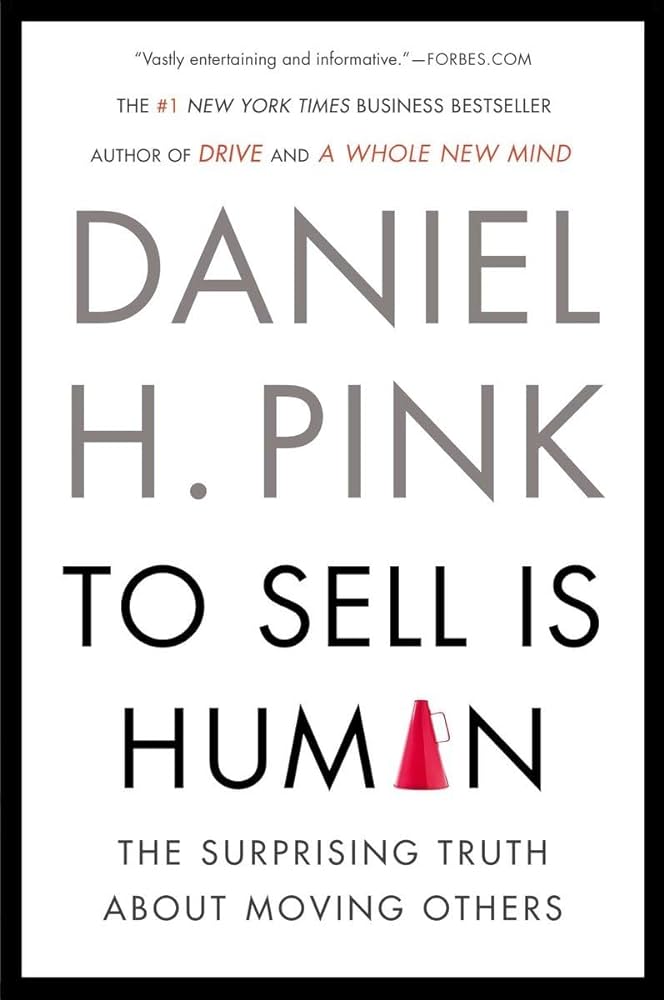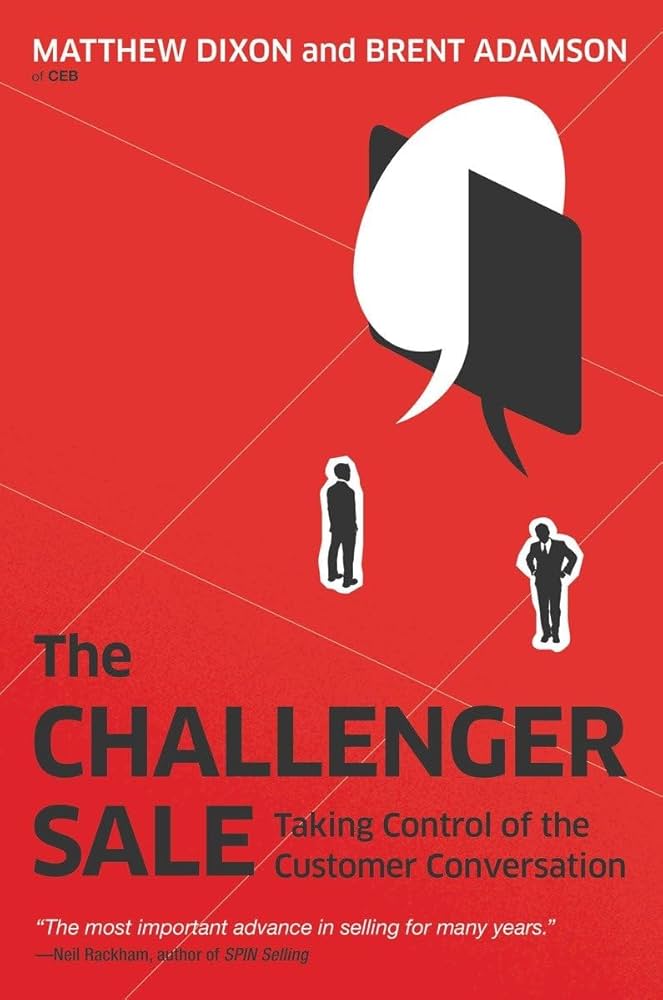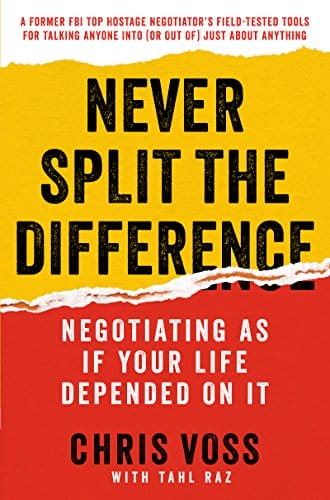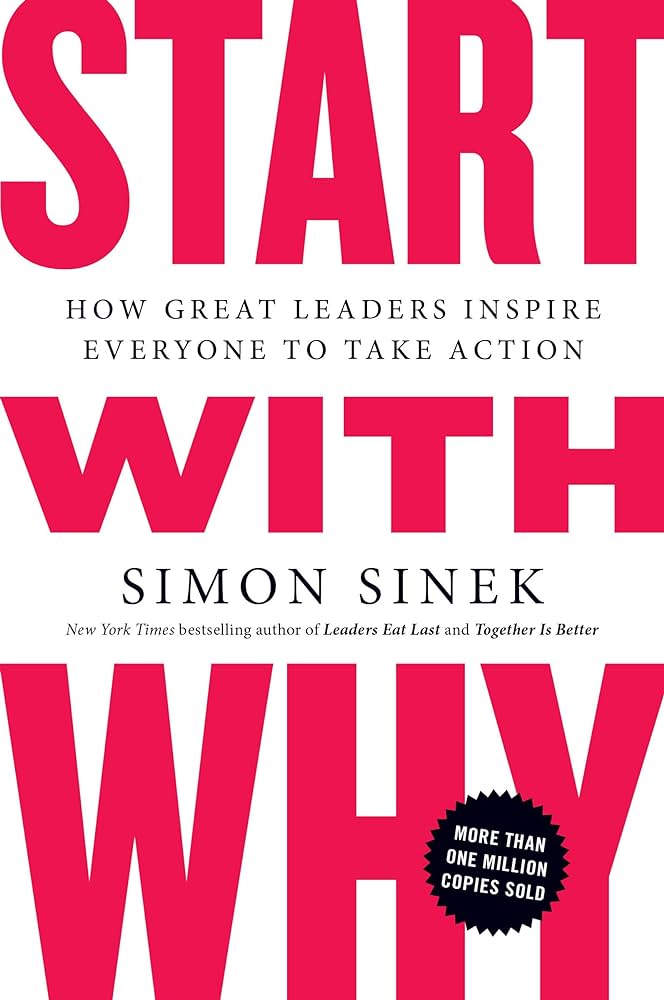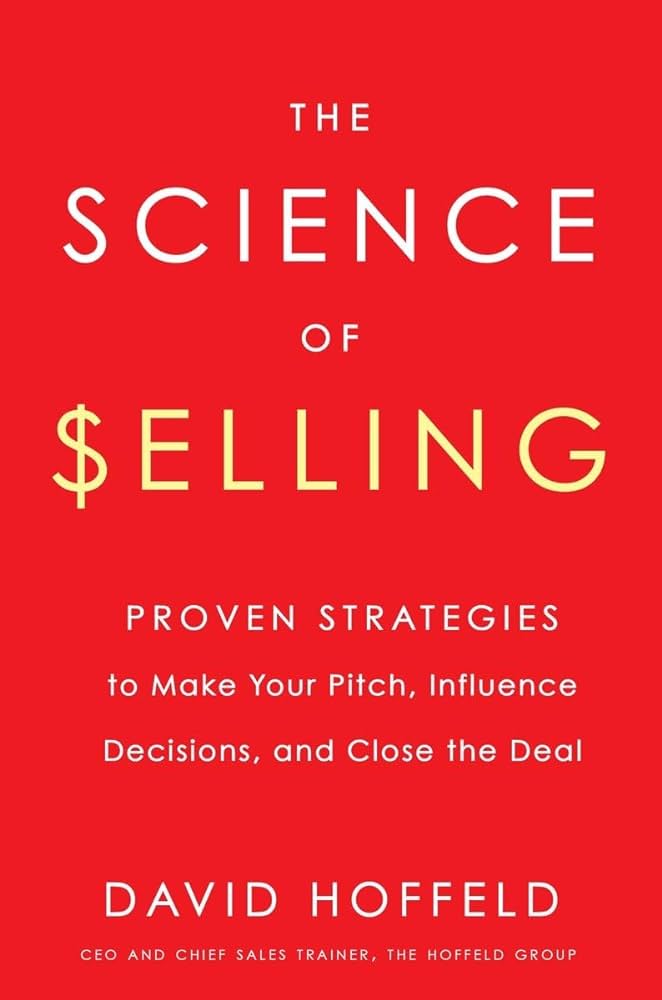What is a Sales Scorecard?
A sales scorecard is a performance tracking tool that provides a clear, data-driven snapshot of a sales representative’s achievements and areas for improvement. By compiling essential metrics in one place, scorecards enable businesses to evaluate sales reps’ performance, align individual contributions with company objectives, and identify growth opportunities.
These scorecards typically include Key Performance Indicators (KPIs) such as closed deals, pipeline health, sales velocity, lead conversions, and customer interactions. They serve not only as a measurement tool but also as a motivational framework to keep sales teams focused and accountable. Sales scorecards are invaluable tools for tracking historical performance, identifying leading and lagging indicators, and optimizing daily activities.
Two Types and Uses of Sales Rep Scorecards
Sales scorecards can be adapted for different needs, timeframes, and levels of granularity. Here are the most common types and their uses:
- Quarterly or Big-Picture Scorecards
These are ideal for long-term strategy and performance evaluation. Quarterly scorecards focus on overarching goals, such as total revenue generated, customer acquisition rates, and overall team contributions. Businesses use these to:
- Align sales reps’ goals with company-wide objectives.
- Assess the effectiveness of strategies over time.
- Prepare for quarterly reviews or team meetings.
Quarterly scorecards are also valuable for tracking trends. By analyzing quarterly data, sales managers can identify seasonal patterns, evaluate the impact of marketing campaigns, and make informed strategic decisions about resource allocation. For example, if Q1 consistently underperforms compared to Q3, a company might investigate factors like customer behavior, market conditions, or sales rep engagement.
- Weekly Scorecards
Designed for short-term performance tracking, weekly scorecards break down metrics into actionable insights. Common data points include:
- The number of opportunities created.
- Deals closed.
- Sales funnels progression.
- Outbound calls, emails, or customer interactions.
Weekly team evaluations with these scorecards allow sales managers to:
- Identify performance bottlenecks in real-time.
- Provide timely coaching and feedback.
- Maintain a steady flow of activity toward long-term goals.
Weekly tracking also helps maintain momentum. For example, if a sales rep is consistently hitting their call quotas but struggling with conversions, a manager can intervene early with targeted support, personalized coaching, or adjustments to sales training programs. This level of granularity keeps the team agile and adaptive.
How to Create a Good Sales Scorecard
An effective sales scorecard is both comprehensive and easy to understand. Here are steps to craft one that works:
1. Align Metrics with Company Goals
Start by identifying the KPIs that matter most to your organization. For instance, if your company prioritizes customer retention, your scorecard should emphasize repeat purchases, Customer Relationship Management (CRM) data, customer satisfaction scores, and follow-up rates.
Aligning metrics with goals ensures that every data point contributes directly to your broader objectives. For example, a company focusing on revenue growth might emphasize metrics like upselling rates and average deal size, while one prioritizing market share might focus on new customer acquisition.
2. Define Clear and Measurable Objectives
Ensure each metric is quantifiable. Avoid vague criteria like “excellent communication” and instead use measurable goals like “number of customer follow-ups per week.”
Measurable objectives create accountability and clarity. Sales reps should know exactly what’s expected of them and how success is defined. This transparency fosters a culture of trust and high performance, motivating sales professionals to reach their full potential.
3. Use a Balanced Mix of Metrics
Strike a balance between activity-based metrics (e.g., calls made, emails sent) and outcome-based metrics (e.g., deals closed, revenue generated, close rates, and conversion rates). This approach ensures the scorecard reflects both effort and results.
Including both efficiency metrics and production metrics offers a comprehensive view of performance. Combining these allows managers to celebrate successes and address challenges fairly while ensuring both top performers and poor performers are identified accurately.
4. Choose a Format
The presentation of your scorecard matters. Popular formats include:
- Excel Templates: Easily customizable and shareable.
- PDF Reports: Great for static, professional presentations.
- Dynamic Dashboards: Tools like Salesforce or HubSpot offer live data tracking and sales dashboard integration for real-time insights.
Adding data visualization software to your scorecard — such as pie charts, bar charts, or line charts — can make it easier for sales teams and executives, like the vice president of sales or chief revenue officer, to identify trends and actionable insights.
5. Involve Your Sales Team
Collaborate with your sales team when designing the scorecard. Gathering input ensures the metrics are fair, relevant, and motivating.
Involvement also fosters buy-in. When sales reps feel heard and valued during the creation process, they are more likely to embrace the scorecard as a tool for growth rather than a source of pressure. Healthy competition can be encouraged with achievable goals and clear sales targets, creating an environment that rewards excellent performance.
6. Review and Update Regularly
Business priorities and sales strategies evolve. Schedule regular reviews to ensure the scorecard’s metrics remain aligned with current goals.
For example, if your company launches a new product line, you might need to add metrics related to product-specific sales, proposal stage progression, or customer feedback. Regular updates ensure the scorecard remains a great tool for dynamic performance tracking.
Standard Template for a Sales Scorecard
Here is a simple example to get you started:
| Metric | Goal | Actual | Performance |
| Deals Closed | 20/month | 18 | 90% |
| Revenue Generated | $50,000 | $45,000 | 90% |
| Calls Made | 150/week | 160 | 107% |
| Opportunities Created | 10/week | 8 | 80% |
This template can be adapted for different timeframes or additional metrics, depending on your organization’s needs. For a more dynamic approach, consider using analytical tools, sales intelligence platforms, or CRM systems to automate data collection and reporting, improving the browsing experience for managers and team leaders.
The Bottom Line
Sales scorecards are indispensable tools for tracking, evaluating, and improving sales performance. By customizing scorecards to align with your company’s goals and using a clear, structured format, you can empower your sales team to hit their targets consistently.
When implemented effectively, sales scorecards can drive accountability, foster transparency, and support continuous improvement. They provide actionable insights that help both individual sales reps and entire teams excel in a competitive environment. Leveraging industry trends, data visualization software, and CRM systems can enhance their value further.
Sales scorecards are also a great starting point for process optimization and identifying administrative tasks that could be streamlined. By focusing on achievable goals and assigning point values to tasks, companies can create a culture of efficiency and accountability. Regular reviews and personalized reports ensure that both performers and employees’ work are recognized and improved upon.
For more sales tips, articles, and advice, visit our The Peak Blog.











